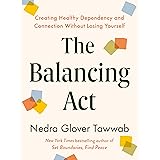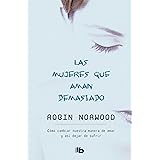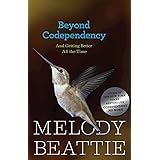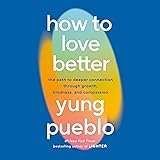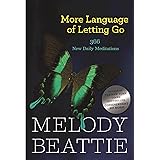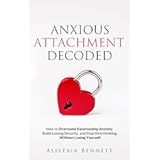In the video above, Dr. Romie Mushtaq highlights a critical distinction: understanding when enjoyable retail therapy crosses into a serious shopping addiction. It is important to recognize the signs. Compulsive buying disorder, as it’s formally known, affects many individuals. This condition can significantly impact lives.
Retail Therapy vs. Shopping Addiction: What’s the Difference?
Many people find comfort in shopping. Buying new items can indeed lift a bad mood. This temporary uplift is often called “retail therapy.” However, a significant line exists between a hobby and an addiction.
True shopping addiction goes far beyond mood enhancement. It involves a compulsive need to shop. This need often leads to negative consequences. Dr. Romie, a neurologist and mindful living expert, clarifies this in the discussion.
Understanding Compulsive Buying Disorder
Shopping addiction is a recognized behavioral addiction. It shares similarities with other compulsive behaviors. These include gambling, alcohol, or drug abuse. Psychiatrists have developed new tools to identify it. A specific questionnaire, published in the journal *Frontiers of Psychology*, now helps in diagnosis.
The core issue lies in the brain’s reward pathways. Compulsive shopping releases dopamine. This provides a temporary high. The brain then craves this sensation again and again. This creates a cycle of addiction.
Who is Susceptible to Shopping Addiction?
Interestingly, some common beliefs are true. Women are generally more prone to shopping addiction. This “cliché” was confirmed in studies. However, other surprising demographics emerge.
Dr. Romie points out two main groups. Extroverts, those who are bubbly and outgoing, are one group. Another group includes “neurotic” people. These individuals often experience more anxiety or depression. The compulsion to shop can serve as a coping mechanism for underlying emotional states.
Seven Key Signs of Shopping Addiction
Recognizing the symptoms is the first step. The new psychiatric questionnaire uses seven questions. These questions help individuals assess their shopping habits. Consider these indicators:
- **Shopping to Lift Your Mood:** While common, if it’s the *only* way you cope, it’s a concern. Imagine if every bad day leads to an online shopping spree.
- **Missing Life Events:** Shopping has caused you to miss important events. This could be work, school, or family gatherings. Prioritizing shopping over responsibilities is a major red flag.
- **Feeling Guilty About Shopping:** You experience strong feelings of remorse. This happens after making purchases. Yet, you continue to shop compulsively.
- **Mild Hoarding Tendencies:** You buy multiple versions of the same item. Think about owning six toasters when only one is needed. This shows a lack of practical need.
- **Unused Items with Tags:** A significant portion of your closet remains unworn. More than 50 to 75% of clothes still have tags. This indicates buying for the thrill, not for use.
- **Inability to Stop Thinking About Shopping:** The desire to shop becomes all-consuming. It dominates your thoughts. You might spend hours planning your next purchase.
- **Unsatisfaction After Purchase:** The initial high quickly fades. You feel no lasting happiness from your new acquisition. The thrill is in the chase, not the ownership.
These signs can indicate a deeper issue. They suggest shopping is no longer just a hobby. It has become a compulsive behavior.
The Deeper Roots: Addressing Underlying Issues
Shopping addiction often masks deeper emotional pain. Dr. Romie emphasizes this crucial point. Underlying issues like depression, anxiety, or unhappiness are common drivers. Imagine if shopping is your only escape from daily stress. The temporary high masks persistent feelings.
Without addressing these root causes, the addiction persists. Professional treatment can target these deeper feelings. This helps individuals find healthier coping strategies. Then, shopping can return to being a joyful activity. It won’t be a compulsive need.
Seeking Help for Compulsive Shopping
Identifying a problem is brave. Taking action is empowering. If these signs resonate, help is available. Dr. Romie offers direct advice. First, approach loved ones gently. Avoid accusatory arguments. Such approaches only worsen feelings of guilt. They can fuel the compulsive behavior.
One valuable resource is Shopaholics Anonymous. This program offers a supportive community. It provides a structured path to recovery. Just like Alcoholics Anonymous, it helps individuals share experiences. They find strength in collective support.
Furthermore, professional treatment is vital. This includes therapy and diagnosis for underlying mental health conditions. A mental health professional can provide personalized strategies. They help navigate the complexities of shopping addiction. Imagine replacing shopping with healthier outlets. This path leads to genuine happiness and lasting well-being.


